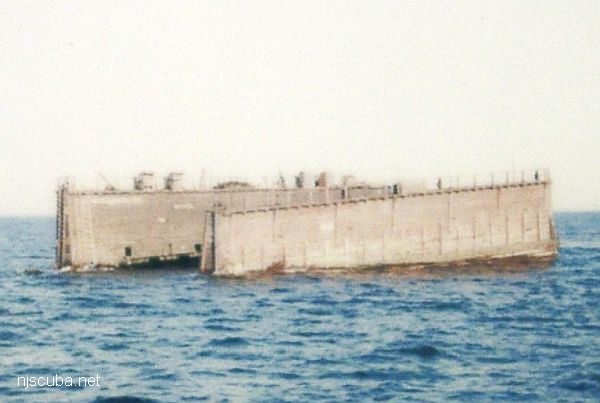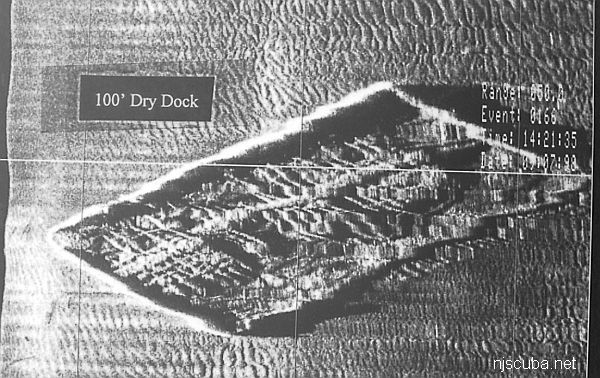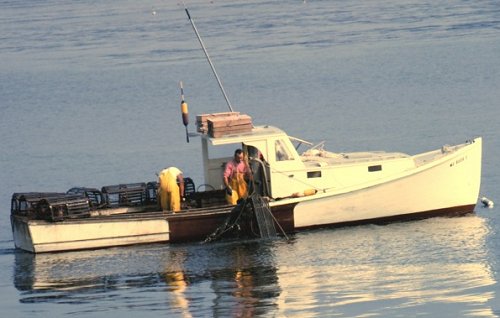Barge
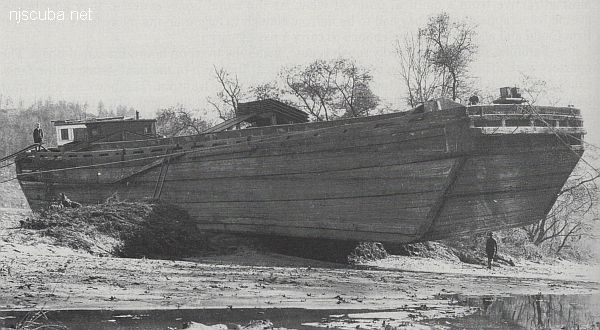
A barge is a vessel that does not have its own means of propulsion ( usually. ) Barges are towed or pushed from place to place by tugboats, or anchored in place to serve as temporary work platforms, floating docks, or storage. Some barges are self-propelled, in a limited way. These are known as scows, and their limited propulsive power restricts them to protected waters without the assistance of a tugboat.
- AC Wescoat
- AC Wescoat 2
- Alex Gibson
- APL-31
- Aqua II
- Bald Eagle
- Barbara Ann
- Barge #10
- barge etc
- barges - Atlantic Beach
- barges - Fire Island
- barges - Hempstead
- barges - Matinecock
- barges - McAllister
- barges - Moriches
- barges - Port Jefferson
- barges - Rockaway
- barges - Shinnecock
- barges - Smithtown
- barges - Twelve-Mile
- barges - Yellowbar
- Bayville barge
- Blue Boy
- Bonanza
- Brigantine Buoy Wreck
- Caddo
- Captain Etzel
- car float barge
- Coleman barges
- Coleman I
- Coleman II
- concrete
- crane barge
- drydock
- drydock barge
- DVD Barge
- Ed Schmidiger YON-81
- F.F. Clain
- Fallen Friends
- Fisherman
- Gary Smith
- Gypsy
- Hillman III
- Horseshoe Crab
- Houston & Mesday
- Howard Bahnsen
- Immaculata
- Jim Lynch
- JJ DPC-19
- Kathy & Maria
- Libra
- Lisa Michelle
- Mantank
- Mary C
- Michael DePalma
- Miller
- Molasses barge
- Morania 180
- MRMTC 8
- MRMTC 9
- New Deal
- Ohio
- Onondaga
- OWD III YON-84
- Pair of Kings
- Pipe Barge
- railroad barge
- Rothenbach I
- Rothenbach II YON-96
- Ruth Shaw
- salt barge
- Seaside Crane barge
- Shamrock
- Shirley Ann
- Southern Sword
- Southwick's
- Starcraft
- Strathmere barges
- Sulzer barge
- Swensen barge
- Swenson I & II
- Tuna Sub
- u02 - AWOIS 12966/11422
- u03 - AWOIS 1609
- u13 - AWOIS 7932
- Waldorf
- Wards Island
- Wedding barge
- Weeks barge
- William B. Diggs
- YC-1479
- YC-725
- YON-80
Modern barges come in many forms, for different purposes. A deck barge is designed to carry its cargo on top, on a reinforced deck. Deck barges are also anchored for use as temporary or permanent work platforms and floating docks. A car float barge is a deck barge adapted specifically to transport railroad cars. A crane barge is a deck barge with a crane mounted on it. Deck barges are usually rectangular, very flat and wide.
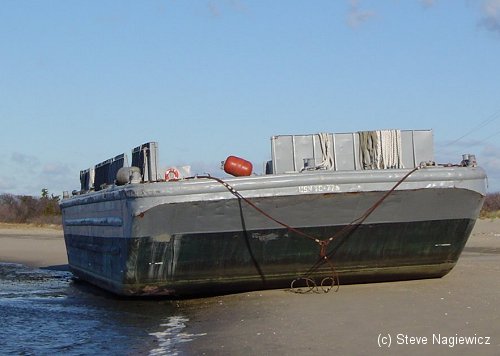
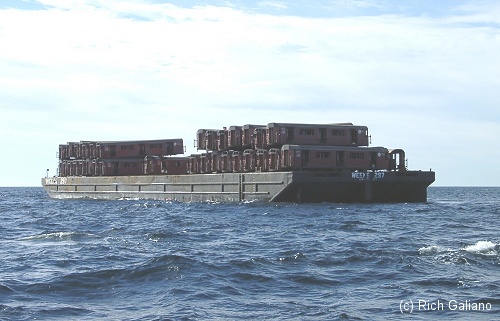
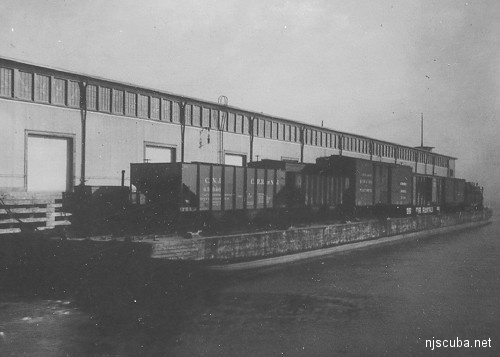
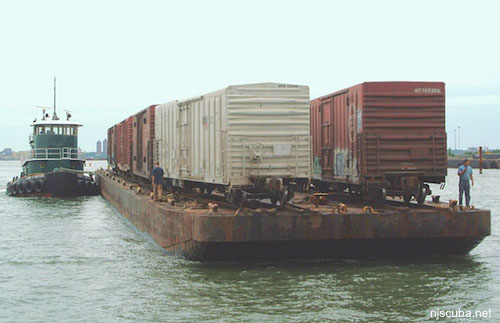
A tanker barge is decked-over but is designed to carry liquid cargoes inside, rather than on top. Since tanker barges are used to transport fuels, oils, and even water from point to point, they are designed to be more ship-like than deck barges, for better towing characteristics. Tanker barge decks are usually encumbered with large pipes, valves, pumps, and other plumbing, unlike deck barges which are usually clear of such obstructions.
A hopper barge also carries its cargo inside, loaded directly through the top. It may have cargo hatches or covers to keep out the rain, and does not have a smooth continuous deck. Hopper barges are designed to carry bulk dry cargoes, such as grain or coal. A specialized type of hopper barge is the split hopper barge. This is a hopper barge that can split down its centerline along hinges, dumping its cargo directly into the sea, and then close up again. Split hopper barges are used to dispose of dredge spoils, garbage, and other types of bulk waste.
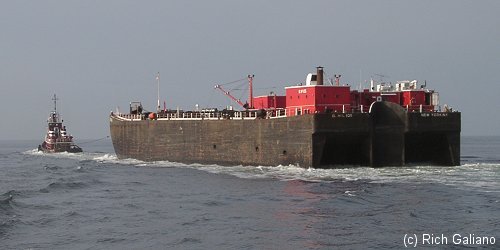
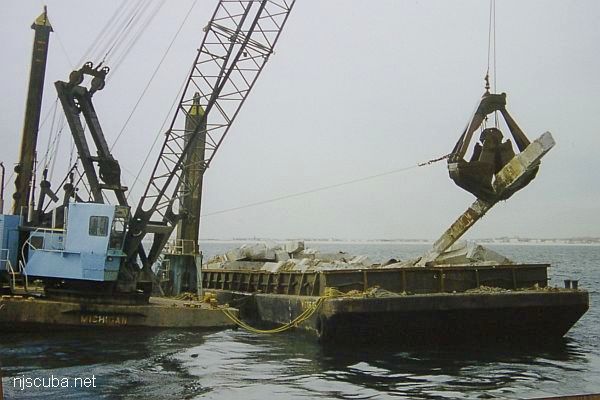
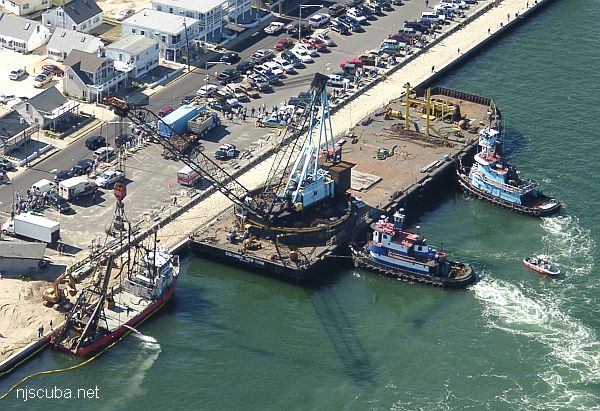
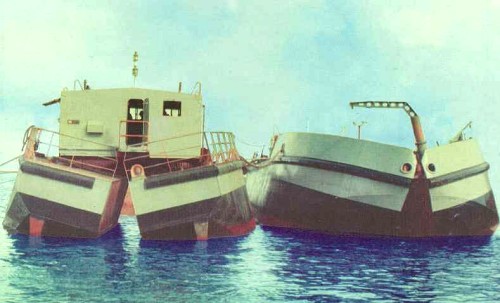
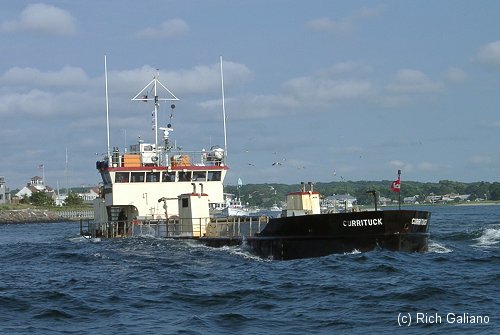
The Currituck was originally built as a split hopper barge, then converted to a fully self-propelled dredge with the addition of what are essentially two huge outboard motors and self-contained sand pumping equipment.
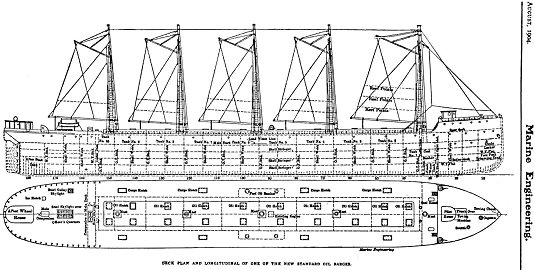
Yet another type of barge-wreck that is extremely common in our waters is the schooner barge. Schooner barges went out of use in the 1940s, but are so common and important as shipwrecks that they merit their own page.
Floating Drydock
Whenever it is necessary to repair or inspect a ship below the waterline, a drydock is called for. A floating drydock is a specialized form of barge - a semi-submersible structure that can be flooded so that a vessel may enter it and then pumped out to lift the vessel clear of the water for repairs.
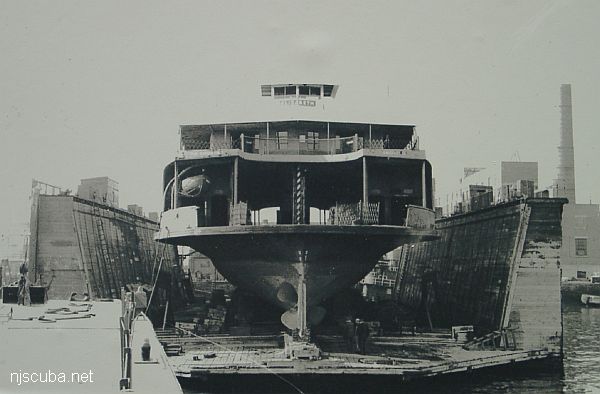
A typical design of floating drydock has open ends to allow ships to get in and out, and tall caissons along either side which provide buoyancy while the tanks in the base platform are flooded. The caissons also make good work platforms, and on large drydocks, they may even support cranes. Older drydocks were typically built of wood, although newer and larger ones are steel.
A floating drydock like this is easily transportable by tugboat, and there are a number of them off the coast that made only part of their final trip. Others have been used as artificial reefs in both New York and New Jersey.
